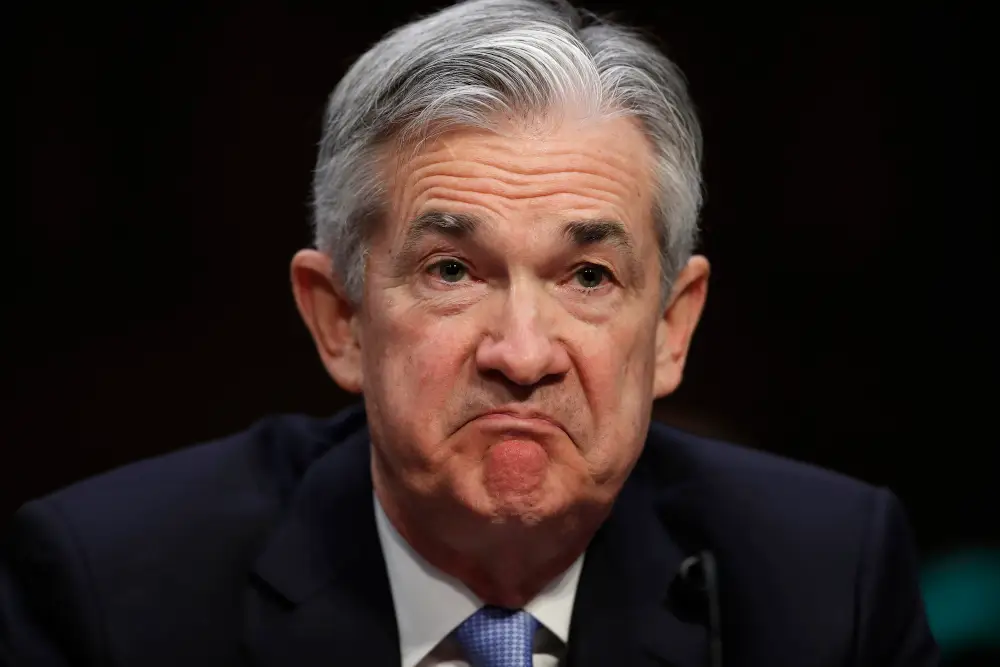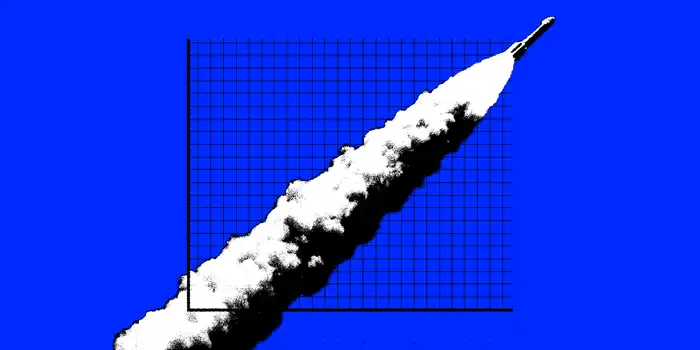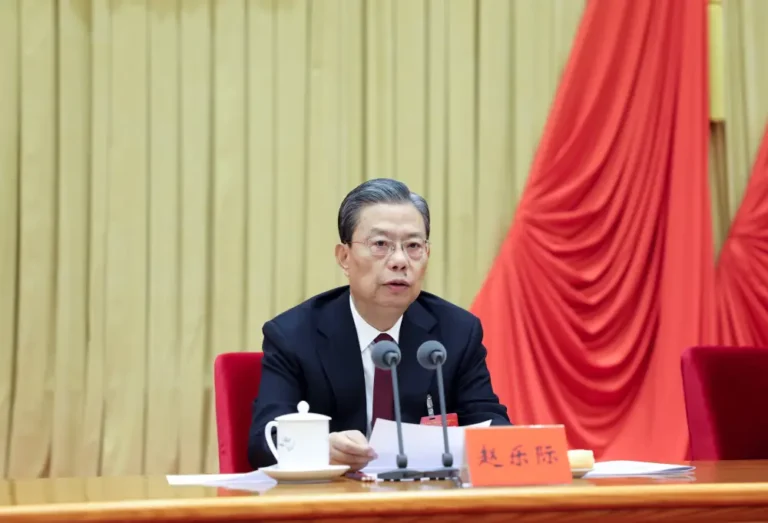The good, bad, and ugly of life after rate cuts

Jerome Powell
One down. One to go.
Wednesday’s interest-rate cut might have marked the end of the Fed’s fight with inflation, but it also signaled the start of another battle with an equally formidable foe: the job market.
The central bank’s jumbo cut shows the concern isn’t prices continuing to go up, but the number of available jobs going down.
Fixing the labor market is a tricky thing. It’s not as if millions of people are out of work. The unemployment rate sits at 4.2%, which is pretty good. (Fed Chair Jerome Powell said it was close to what you’d call “maximum employment,” and sees it inching up to just 4.4% by the end of this year.)
But finding a gig is proving particularly difficult for those without jobs or unhappy in their current ones.
Lower rates mean cheaper borrowing costs, which could lead companies to start hiring again. But there’s a snag here, too. The key lending benchmark for everything from mortgages to corporate debt, the 10-year US Treasury yield, actually increased yesterday.
That’s because the market is forward-looking and had already started pricing in the rate cut before the announcement.
It’s also not necessarily a bad thing. The 10-year US Treasury yield going slightly up is a sign investors aren’t expecting a recession, as that would require the Fed to quickly drop rates, but it also means borrowers might not get much relief soon.
Still confused? Here’s a full explainer on the dynamic between the Fed and the 10-year US Treasury yield.
Meanwhile, the stock market is loving this post-rate-cut environment.
Investors’ favorite trade over the past year-plus — artificial intelligence — was booming on Thursday. Shares of Nvidia, Broadcom, and ASML all surged. And the tech-heavy Nasdaq index finished the day up 2.51%.

Meanwhile, the S&P 500 and Dow Jones Industrial Average both closed at all-time highs.
The good times could keep rolling if past Fed policy is an indication of future returns. The central bank’s strategy looks awfully similar to its approach to avoiding a recession in 1995, according to one economist.
Back then, the Fed eased rates from 6% to around 4.75% over three years. Along the way it sparked an economic boom and sent the S&P 500 soaring 125%.
Meanwhile, the cut poses unique challenges for both presidential candidates.
Former President Donald Trump downplayed the cut as either a sign of how bad the economy is or an example of the central bank “playing politics.”
While Vice President Kamala Harris would normally celebrate the move as evidence of the economy’s turnaround, doing so risks backing Trump’s claim that it was a partisan move.






